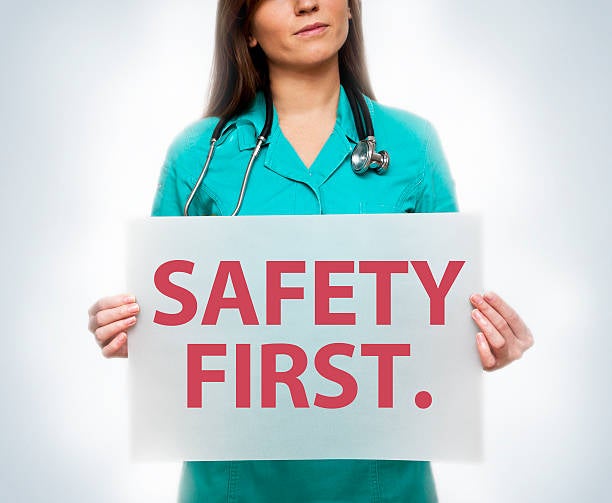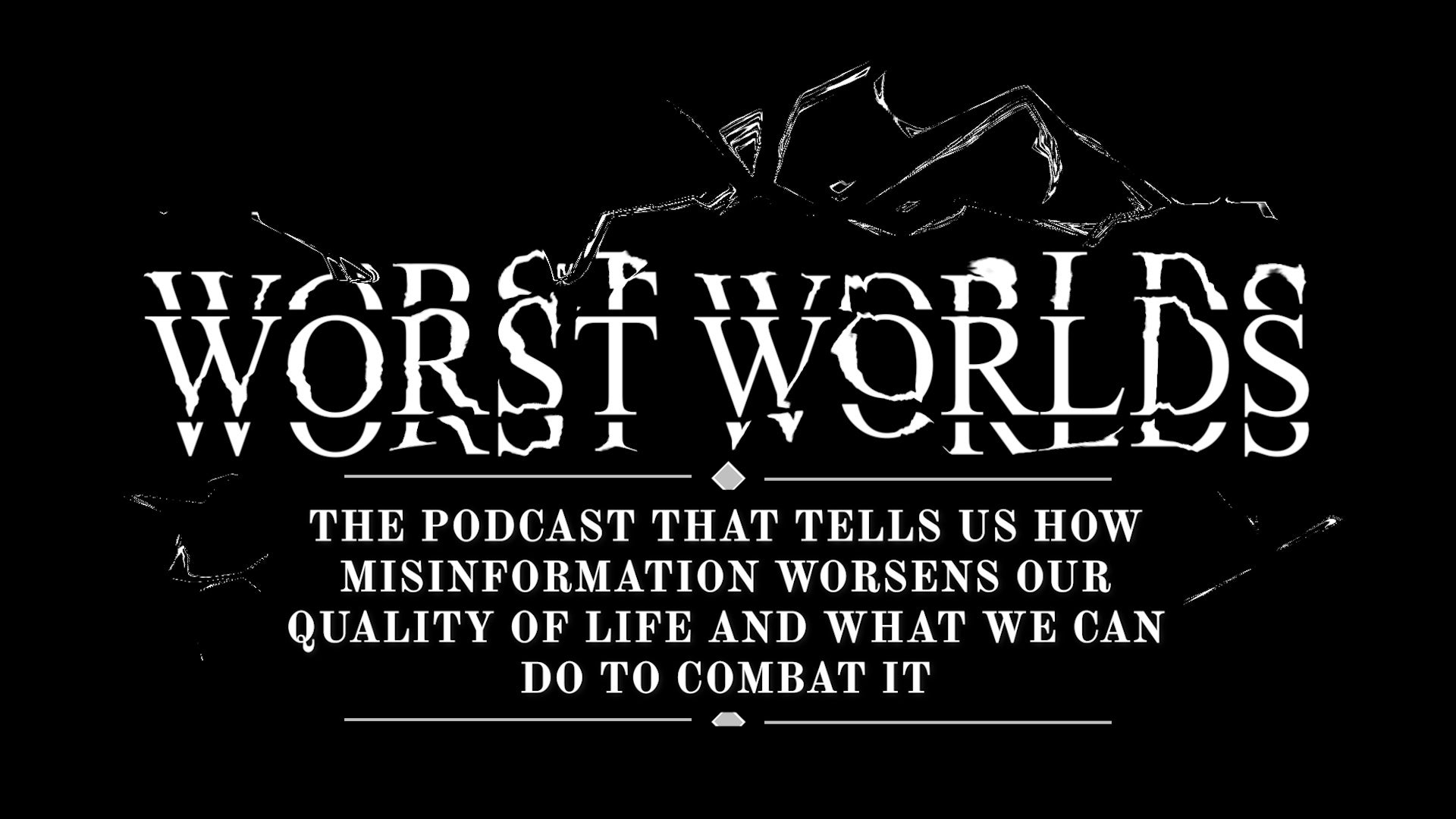Emergency Preparedness Research, Evaluation, & Practice Program
We offer training and technical assistance to public, private, and non-governmental organizations to help them prepare for and respond to emergencies.
677 Huntington Ave,
Boston, MA 02115
Videos and Podcasts

Donning and Doffing
The videos below were developed by Massachusetts General Hospital to instruct health care workers on donning and doffing procedures.
video on donning: https://www.youtube.com/watch?v=52NqOvWygMY&list=PL0A-NKHLVrNEGCeEhTTTXsY7PHfWH7gxJ&index=2•PPE
video on doffing: https://www.youtube.com/watch?v=5orqrFCP3ss&list=PL0A-NKHLVrNEGCeEhTTTXsY7PHfWH7gxJ&index=3
This course presents the fundamentals of public health program evaluation. The goal of this course is to provide you with an introduction to the concepts necessary for running a successful public health program evaluation and how these concepts apply to the field of emergency preparedness.
Learning objectives:
1. Understand the different aspects of public health emergency preparedness capabilities
2. Recognize the different types of program evaluations
3. Understand the role of logic models in conducting a program evaluation
4. Distinguish the different indicators and understand their roles in conducting a program evaluation
Principles of Program Evaluation in Emergency Preparedness – Dr. Savoia and Dr. Bernard

Fear, skepticism, and pessimism fueling lack of trust and misinformation about science. Worst Worlds Podcast with 2021 Nobel Prize winner Giorgio Parisi and professor Michael Marmot, University College London, developed by journalist and communications advisor Cesare Buquicchio.
The podcast is part of a project focused on population vulnerabilities to mis/dis-information led by the Harvard Chan School and sponsored by the NATO Science for Peace and Security Programme.
Special thanks to Elena Savoia, Veronica Bartolucci, Luca De Fiore, Francesco Gesualdo, Caroline Dookie, Diana Romersi, and Alessio Viscardi for their collaboration.
This online training is designed for public health practitioners, emergency management, academic researchers, health care workers and anyone that may work on challenging public health events and wishes to learn from those events.
Learning objectives:
1. Describe critical incidents
2. Understand analysis of critical incidents
3. Describe challenges of critical incident analysis
4. Understand the Root Cause Analysis and Peer Assessment methods
Module 1 – Learning from Critical Incidents – Dr. Stoto
Module 2 – Introduction to Root Cause Analysis – Dr. Bernard
Module 3 – How to Conduct a Root Cause Analysis – Dr. Bernard
Module 4 – The Peer Assessment Process – Dr. Bernard
Supplementary courses:
This course addresses the use of exercises to enhance and measure preparedness. Topics covered include a description of a preparedness exercise, and the purposes of exercises. The course also describes the process of designing, conducting, and evaluating exercises, as well as common pitfalls people experience in executing preparedness exercises. Learning objectives will help to enhance one’s ability to ‘participate in improving the organization’s capacities’ which is competency 3.3 under Plan and Improve Practice.
Learning Objectives:
1. Describe the types of preparedness exercises
2. Understand the components of a discussion-based exercise
3. Understand the components of an operation- based exercise
4. Learn the attributes of a successful exercise
5. Learn about the exercise evaluation and improvement process
Module 1 – Using Exercises to Measure Preparedness – Dr. Biddinger & Dr. Savoia
Visit our YouTube EPREP Channel
CHEMPACK Training
The CHEMPACK program began as an initiative of the CDC’s Division of Strategic National Stockpile (SNS) in 1983 before oversight and operational control of the SNS and CHEMPACK moved to the Assistant Secretary for Preparedness and Response (ASPR) in early 2018. It provides antidotes (three countermeasures used concomitantly) to nerve agents for pre-positioning by state, local, and/or tribal officials throughout the U.S. CHEMPACK Program is envisioned as a comprehensive capability for the effective use of medical countermeasures in the event of an attack on civilians with nerve agents.
Please find below our CHEMPACK training modules conducted by Dr. Bernard:
Module 1 – Introduction to CHEMPACK
https://www.youtube.com/watch?v=PEk-7m4UDyQ
Module 2 – Response Procedures for Nerve Agent Incidents
https://www.youtube.com/watch?v=4TisRBFqghI
Module 3 – Logistics and Maintenance of CHEMPACK containers
https://www.youtube.com/watch?v=AQP206cbX30&t=4s